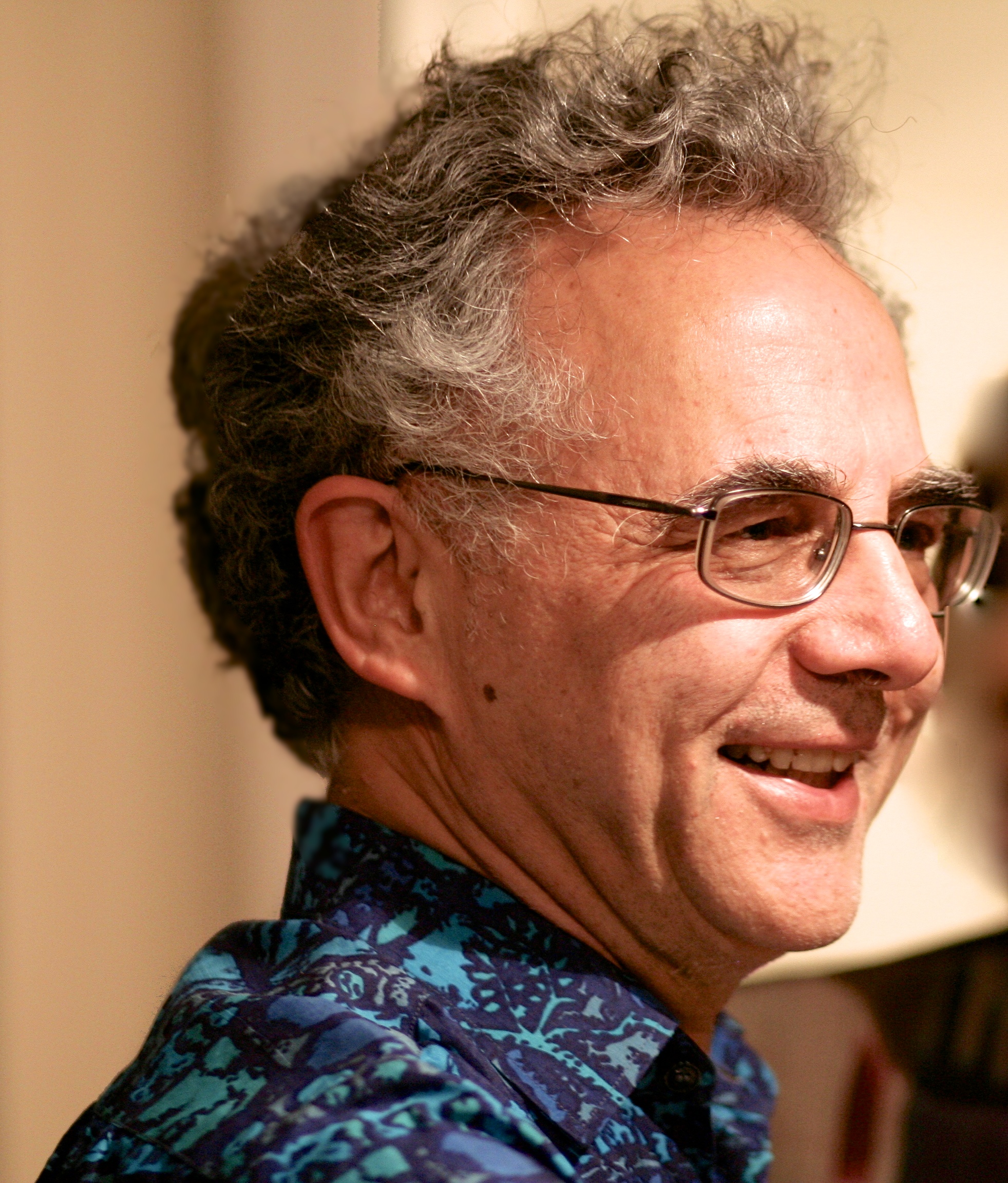Printed originally in THE HILL TIMES, WEDNESDAY, APRIL 13, 2016. OPINION
Why did the federal budget forget the world’s poorest?
JOHN SINCLAIR
”Canada is back” is our message at the United Nations and in Washington, but on the ground in our priority aid-recipi- ent countries, especially the least developed amongst them, “old usual” seems to be still the norm. Last month’s first Liberal budget speech did not even have a few token words about the promised mandate shift to a pro-poor approach in our development co-operation. Buried in a technical annex there was a token aid increase of $256 million over two years: inadequate to even restore cuts imposed by the Harper government.
Of course these are also difficult times for Canadians, but the budget was bold in its response: middle-class tax relief and infrastructure spending to keep the economy growing. The budget was commendably bold in its new agenda for our indigenous peoples, as we committed to finally tackle their “third world” conditions.
Domestically, Canada chose a sensible Keynesian approach with its $30-billion budget deficit. But none of this went to the global bottom billion, the poorest, overwhelmingly in Africa and South Asia, that the international community, Canada included, promised to ensure were not left behind.
We need a bold response to their needs as fellow global citizens. Can we afford not to, morally or as international development actors?
The appropriate response is framed by the UN’s new Agenda 2030, with its Sustain- able Development or “Golden Goals” and its “transformational” ambitions. This should be the template for future development co-operation, paralleling Mr. Trudeau’s strong commitment to our indigenous peoples. Indeed, the Agenda’s Universality Principle means Canada will soon be setting public targets for its own development goals, just as developing countries like Senegal and India.
So why the divergence in approaches, domestic versus global? The goodwill is there for sure, as demonstrated in our response to the tragic flow of refugees from Syria. But there is little evidence of practical change from old norms when it comes to development programming. Was the finance minister not hearing the right messages from his advisers and cabinet colleagues?
The budget failed to show the bold signal needed to demonstrate Canada was back for the developing world.
We must now hope a bolder message will emerge from the upcoming public consultations on a new co-operation policy and funding framework.
Canada’s future should no longer be tied to our traditional trading and invest- ment partners. We are talking longer term, not the next two to three years. Today, economies are depressed almost everywhere: in Europe, the Global South, even the United States. They will recover, but future global leadership will need to be shared. By Agenda 2030’s end-date, China, India, even Brazil, will all be back as global drivers although being oil-rich will be of little benefit to us or even the Saudis. A new Canada, more economically self-confident, at ease with its indigenous peoples, with a more mobile and internationally adventurous population, will want new partners in a rapidly developing Global South.
But to get there, Canada and Canadians need credibility as a partner. We should seek a stronger role in working with the increasingly diverse nations of the South. Its new mega-economies like India will soon far exceed our own in size.
However, the more fundamental challenge will be for the poorest and most frag- ile states. They want effective development at home more than aid. Our support should allow them to move beyond today’s frequent violence and human misery. The streams of desperate refugees in Europe will not be solved by more humanitarian aid. Sadly, we seem to lack a longer-term perspective; our responses are hesitant and temporary.
What should be the new paradigm for Canada in the Global South? What actions should hopefully follow the anticipated consultations on a new development policy and funding framework?
The following is an incomplete list of desirable responses:
- Agenda 2030 should be formally adopted as the framework for Canada’s re-energized, development co-operation program, followed by Agenda 2030-compliant country strategies;
- Commit to reach the 0.15 % of gross national income (GNI) UN target for aid to least developed countries in 2016. Update the priority country list to comprise at least 70 per cent of the least developed countries should easily does this;
- A medium-term aid commitment of 0.50% of GNI by 2020.This just will match Canada’s aid level effort of the mid-70s (the peak was 0.54%) ;
- Build closer trusting development partnerships by enhanced decentralization;
- Achieve meaningful policy coherence: require development perspectives be formally part of decision-making on new political and trade initiatives;
- Respond to humanitarian crises with new money, not by diverting regular development programming;
- Respect civil society organizations as development partners, not contractors;
- Increase funding for public engagement in schools;
- Restore for Canadians and our development partners the CIDA brand that they know and respect. This can be inside Global Affairs Canada;
- Set a public, aspirational official development assistance goal of 0.7 per cent;
- Require a strong development back-ground in senior operational staff, especially new recruits and managers.
Enhanced development co-operation is a sound investment by Canadians in global wellbeing and security. Their future is our future.
